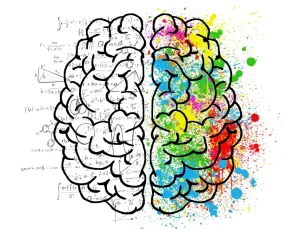
Supporting Language Development in Young Learners
In today’s fast-paced digital world, it is becoming increasingly important for young learners to develop strong language skills. As technology continues to play a major role in education, parents and educators must find ways to support language development in children. In this article, we will discuss the importance of language development in young learners and explore how technology can be used as a tool to enhance their language skills.
### The Importance of Language Development
Language development is a crucial aspect of a child’s overall cognitive development. Strong language skills not only aid in communication but also contribute to academic success and social interaction. Research has shown that children who have a rich vocabulary and are able to express themselves effectively tend to perform better in school and have higher levels of self-esteem.
### How Technology Can Support Language Development
Technology offers a wealth of resources and tools that can be used to support language development in young learners. From educational apps and games to online resources and interactive storytelling platforms, there are countless ways technology can be leveraged to enhance language skills.
### Educational Apps and Games
There are many educational apps and games available that are specifically designed to help children improve their language skills. These apps often incorporate fun and engaging activities that can captivate young learners and make the learning process more enjoyable. Some apps focus on building vocabulary, while others help children practice reading, writing, and speaking skills.
### Online Resources
The internet is a treasure trove of resources that can help children practice and develop their language skills. Websites like Khan Academy, Read Write Think, and Starfall offer a variety of interactive activities and lessons that can support language development in young learners. These resources can be accessed from anywhere with an internet connection, making them convenient and flexible for busy parents and educators.
### Interactive Storytelling Platforms
Interactive storytelling platforms like Epic and Storybird allow children to engage with stories in a whole new way. These platforms offer a range of stories and books that children can read and interact with, helping them build comprehension skills and expand their vocabulary. By combining text, images, and audio, interactive storytelling platforms provide a multi-sensory experience that can enhance language development in young learners.
### Tips for Using Technology to Support Language Development
While technology can be a valuable tool for supporting language development in young learners, it is important to use it in a thoughtful and purposeful way. Here are some tips for using technology effectively to enhance language skills:
1. Limit screen time: While technology can be beneficial, it is important to limit the amount of time children spend in front of screens. Make sure to balance screen time with other activities that promote language development, such as reading books or playing outside.
2. Choose high-quality apps and games: Not all educational apps and games are created equal. Look for apps that have been designed by experts in child development and education, and that focus on specific language skills your child needs to work on.
3. Stay engaged: When children are using technology to support their language development, try to stay engaged and involved in the process. Ask questions, encourage conversation, and provide feedback to help reinforce learning.
### Conclusion
In conclusion, technology can be a powerful tool for supporting language development in young learners. By using educational apps, online resources, and interactive storytelling platforms, parents and educators can help children build strong language skills that will serve them well in school and beyond. By incorporating technology into language learning activities, we can create engaging and effective learning experiences that will benefit young learners for years to come.

